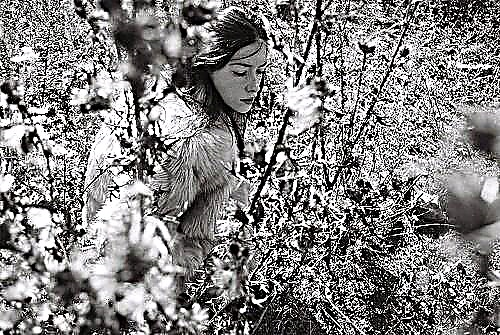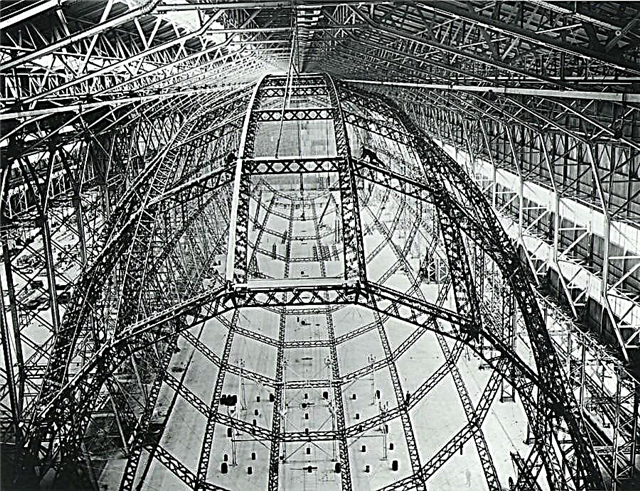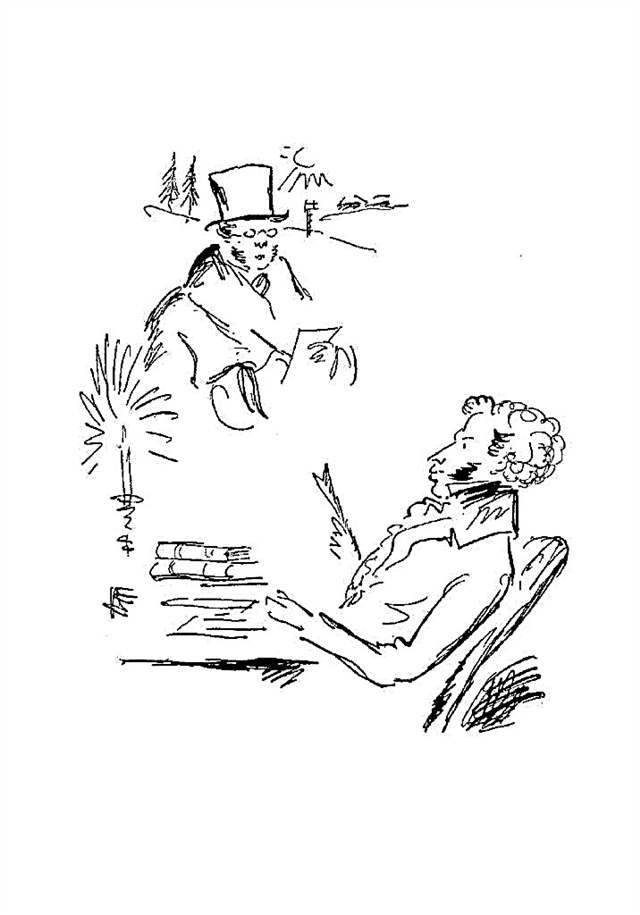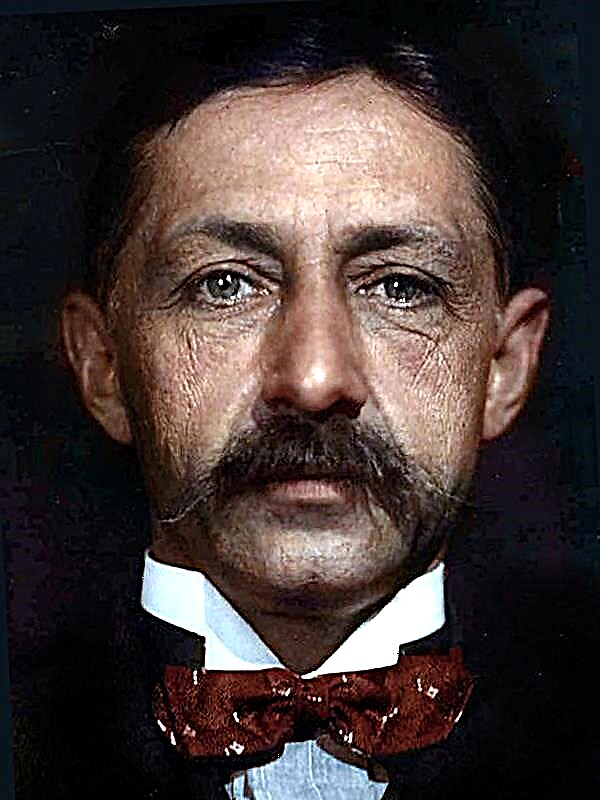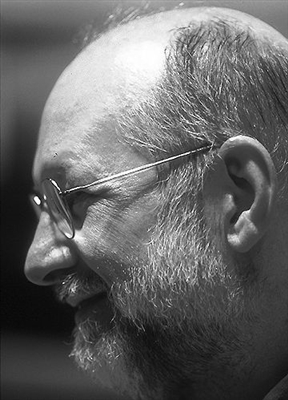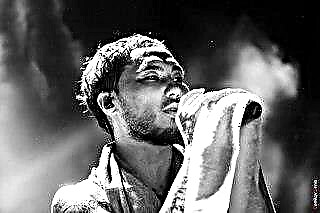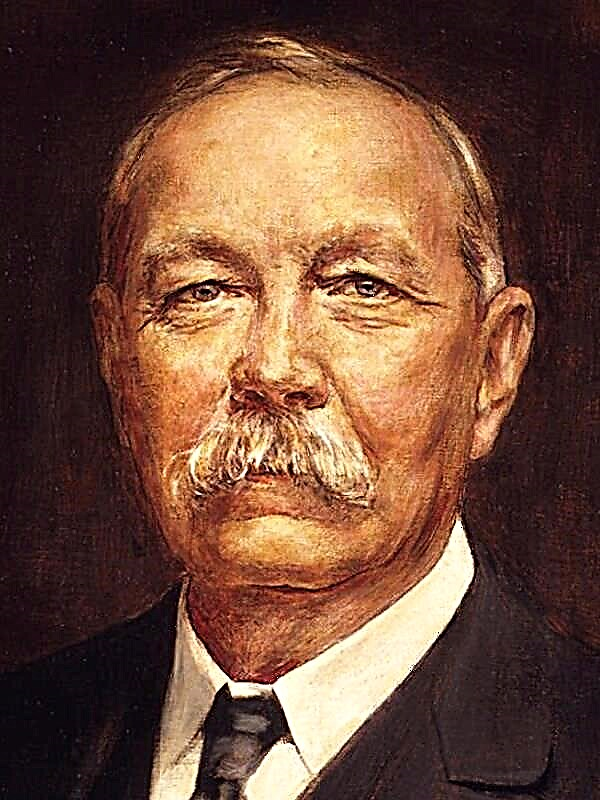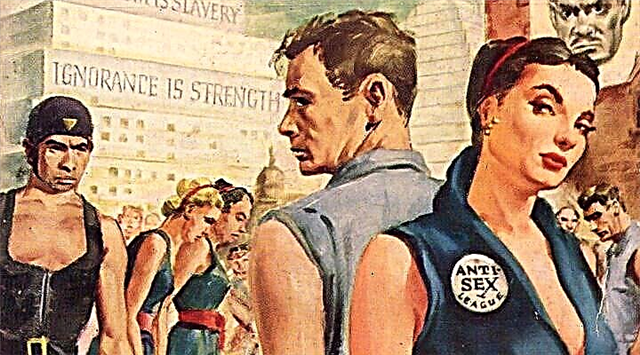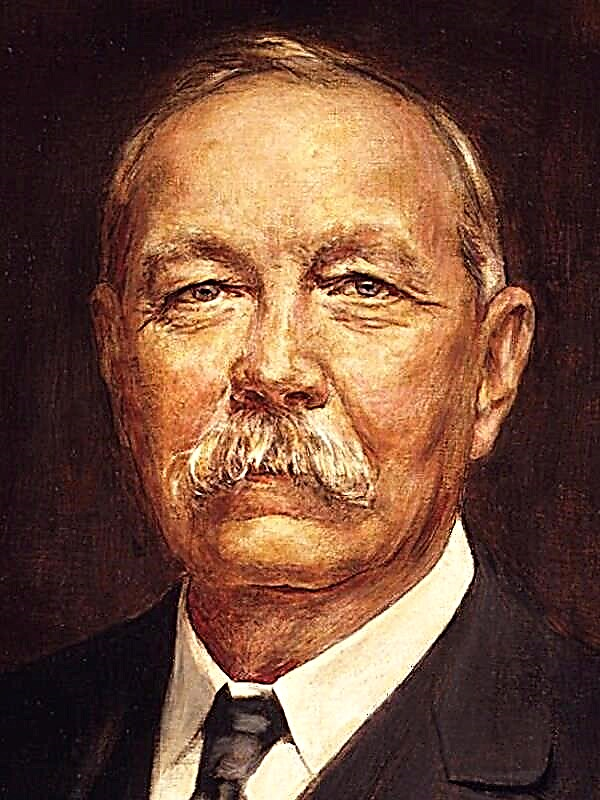(288 words) In the most famous story of Nikolai Leskov, the image of the Lefthander is central and is the key to understanding the entire work of the writer.
The image of the national hero of the Lefthander is characterized by several components. The artisan from Tula has an extraordinary talent. In the horseshoe of a tiny “nymphosoria” - fleas, Lefty does the most difficult job - makes tiny carnations for a horseshoe. Among other masters, the narrator initially distinguishes the external qualities of the craftsman: “an oblique left-hander, a birthmark on the cheek, and hair was torn off at the temples during learning.” Such a description gives rise to a contradiction, because how can a craftsman, on whom the emperor relies, be “oblique”? However, one of the components of the image of the Lefthander is its foolishness, and he does all his actions in accordance with the Christian system of values. The national hero is characterized by modesty, kindness, simplicity of soul, acceptance of all insults. His faith in God is closely intertwined with patriotism, which is best manifested during a trip to England. The British tempt Lefty, but he does not need English clothes, an English wife, enlightenment and other people's faith. He is convinced that his place is in his native land. The image of the Lefty is comparable in its patriotic component with the image of Ataman Platov and Emperor Nicholas. All these heroes are confident in the abilities of their people, love and honor him (as opposed to the image of Alexander I). In some places, the ironic narrative shows the hero oblique, then drunk. But the image of a craftsman, a sufferer, beaten by everyone who can, combines love for the fatherland, righteousness, devotion to his work. All this makes the Lefthander in the eyes of the reader not a rude and uneducated peasant, on the contrary - an exalted patriot from the people.
Thus, in the history of the craftsman N.S. Leskov depicted the image of the entire Russian peasant class. Lefty's talent is reinforced by his simplicity, moral purity and faith in God. The image of a skilled craftsman firmly entered the history of literature, as the image of a faithful and devoted person from the common people, whose talent, unfortunately, is not supported by the authorities, and his attitude to him shows the attitude of the authorities to the work of their subjects.

